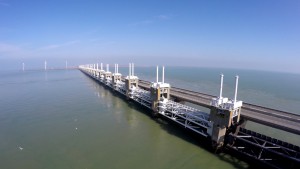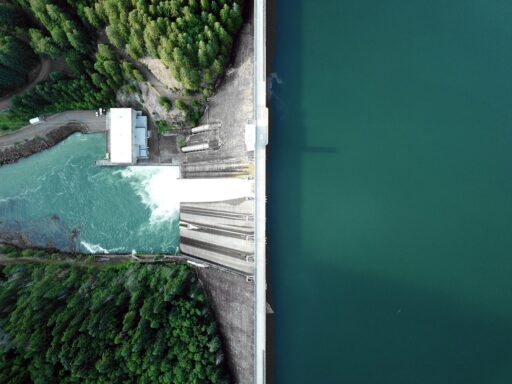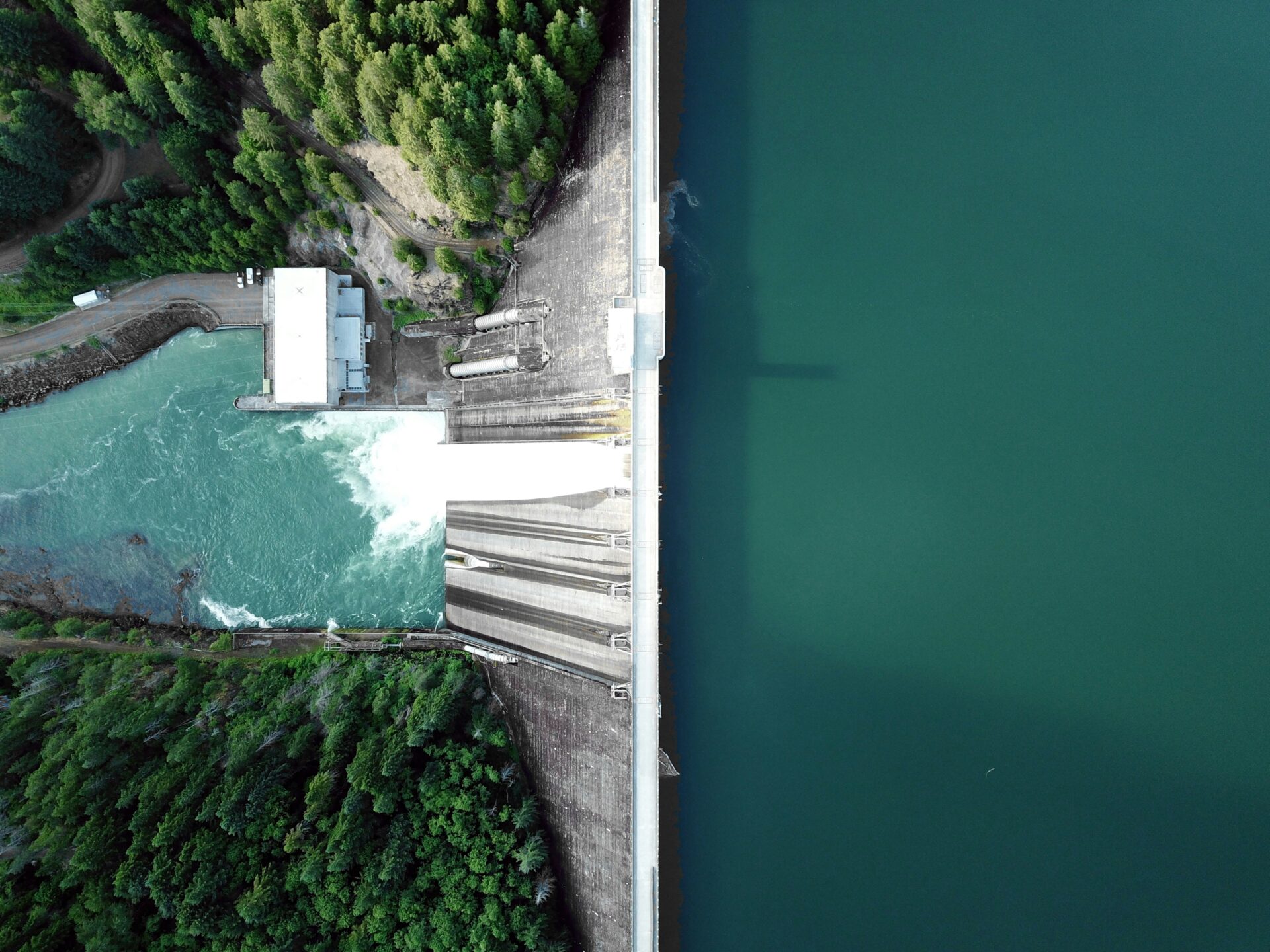Although it might not feel like it, the UK is widely expected to suffer a drought in incoming months. And whilst it may seem like the worst time to start preparing for a flood, it is arguably the best. Floods are often so damaging because the defenses made to combat them are often a case of too little, too late. And, unlike a waterlogged garden, you can’t just use drainage pumps. Through months, and sometimes years of preparation, areas of the world have been able to successfully defend themselves against floods. Here are some of the most interesting cases.
Flood barrier
The Eastern Scheldt storm surge barrier in the Netherlands is the largest of its kind in the world. Designed and constructed in response to the devastating 1953 North Sea Flood that proved fatal for thousands, the Oosterscheldekering (as it is also known) incorporates 4 kilometres sluice-gate-type doors that are only closed during adverse weather conditions. It has been so successful that (as part of the broader Delta Works project) it has been named one of the Seven Wonders of the Modern World by the American Society of Civil Engineers.
Hydroelectric dam
Whilst the Oosterscheldekering is essentially a flood barrier, the Three Gorges Dam in China also doubles as a hydroelectric dam. Because of its 22 cubic km flood storage capacity, the dam is slated to reduce major downstream flooding as an incidence from one in every ten years to one in every hundred years. Alongside its proficiency as an anti-flood measure, the Three Gorges Dam also provides enough electricity to provide for 3% of the national demand.
Channel modification
In order to circumvent the pooling of rivers that causes flooding, the river course can be widened, deepened and straightened, to make the speed of flow of the water faster. Channel modification has been carried out on 25% of all the main rivers in England and Wales. While it is clear that channelisation has helped to reduce the risk of flooding, it can also have negative ecological repercussions – the dredging of the Charlton River in northern Missouri in the US caused the number of species present in the modified areas to fall to 13. In the natural areas of the river, 21 different species remained.
Managed / ecological flooding
Ecological flooding is a more recent approach to combatting flooding. Why would you encourage the very thing you are trying to prevent? The answer is that, whilst you are allowing flooding to occur, you are only allowing it to happen in areas that you specify, which prevents it from happening in the highly areas you do not want it to happen. Aside from – diverted floodwaters away from settlements, managed flooding also aids the animal kingdom. An investigation of the ramifications of managed flooding in south-eastern Australia, found that it promoted the diversity of species present.
Afforestation
Afforestation is potentially the most environmentally friendly anti-flood measure. By introducing more greenery, more rainwater is intercepted and used for photosynthesis and consequently prevented from ever reaching the river. The Mississippi River is one notable example of how this approach has paid dividends. As a counter-measure to the 1993 floods, a programme of afforestation was pursued and it has ultimately helped to reduce flooding by reducing the river discharge.
With global warming making summers drier but winters wetter, do you think we should be doing more to combat the threat of flooding?






